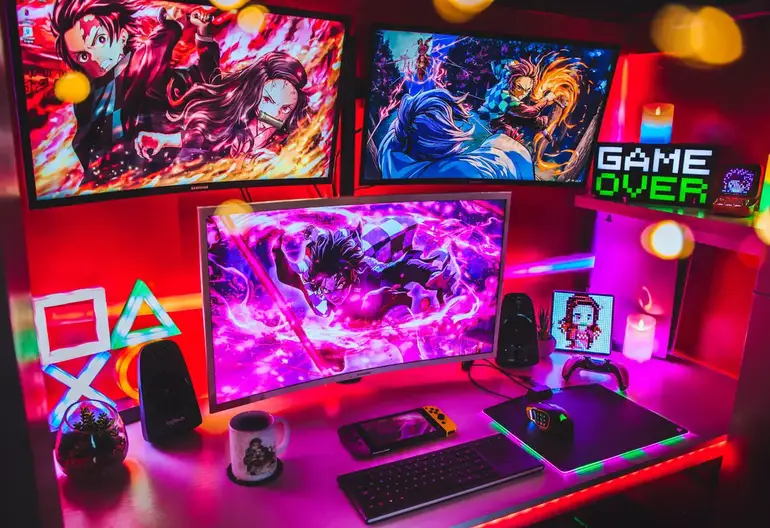Learn how to – Is Linux Gaming Finally on Par With Windows?.

One of the biggest factors holding some open-source enthusiasts back from making the jump over to Linux from Windows for their daily driving operating system is the fact that the gaming experience hasn’t been up to scratch.
10 to 15 years ago, the idea of being able to natively play a large selection of AAA games on a Linux machine would have been laughable. At the time, support for Windows was lacking in some areas as many titles were released on consoles first, with PC gamers having to wait several more months.
But in more recent years, the gap between console and PC gaming has shrunk and, in turn, so has the divide between Windows and Linux. Developers and publishers have been putting more effort into making their content compatible with the OS, with Steam being one of the shining examples of this.
But is the gaming experience on Linux now equal to that of Microsoft’s operating system?
Native Video Game Support
Just a decade or so ago, the biggest and most popular video games were not available for Linux. Tux’s market share paled in comparison to the dominant position that Bill Gates held, so it wasn’t commercially attractive for a developer to make its game compatible for Linux when 99% of its customers were going to play it on a Windows PC.
Thus, a chicken and egg scenario arose. Gamers wouldn’t switch to Linux because there was little support, and there was little support from developers because there were almost no Linux gamers.
Fast forward to 2021 and the landscape looks entirely different. Titles like Dota 2, Desperados 3, and Crusader Kings 3 all work natively on Linux.
Some in the community have been buoyed by the fact that Google’s Stadia steaming service runs on Debian and Vulkan, concluding that this means the games in the Stadia library will, therefore, become available on Linux.
Unfortunately, so far, this has yet to become a reality.

Wine and Proton
However, that doesn’t prevent many DirectX games from running on a Linux PC as translation tools can help to make them compatible.
Wine is certainly not new. It was initially released in 1993 and has allowed Linux users to run Windows applications for nearly 30 years. A 2007 survey conducted by desktoplinux.com found that around one-third of all Linux users use the translation tool to get access to software that wouldn’t run natively on Linux.
Translating games through Wine has been more difficult as there are more variables at play. However, Wine 4.0 and upwards has supported a way to convert DirectX 12 API calls into Vulkan and OpenGL.
Wine is a common way to get titles running on Linux. In fact, companies like PokerStars even have guides on their website that advise players to use Wine to make their software operable on the open-source OS.
Valve has gone even further, developing SteamOS, a Linux-based operating system that supports a large library of content. The company also created Proton, a fork of Wine that is designed specifically for gaming and contains patches and libraries that improve compatibility for DirectX titles.
Parity?
Unfortunately, while Linux gaming has come a long way, it still doesn’t quite match the experience on PC.
As of late 2021, support for ray tracing is still incredibly limited for AMD graphics cards, though there are plenty of reports that the situation is improving, with some titles already supporting the lighting management technology including Quake 2 and Metro Exodus.
Gaming on Linux still requires a lot of tinkering though, and the end result is still not close to being identical with what you’d get on Windows.
Tweaking your graphics card’s settings is also harder on Linux. For example, the NVIDIA Control Panel feels much older and clunkier than the Windows equivalent. This is likely down to fewer resources being allocated to its upkeep compared to the Windows edition, which is evidence of the chicken and egg problem still existing.
We have come a very long way for gaming on Linux in the last decade or so. The progress that has been made has narrowed the gulf that existed between the two operating systems but it is yet to close it completely.
For Linux enthusiasts, that is probably ok, as they generally are capable of and enjoy tinkering with settings. It is not, however, an experience that is ready for an average user.
Leave a Reply
You must be logged in to post a comment.